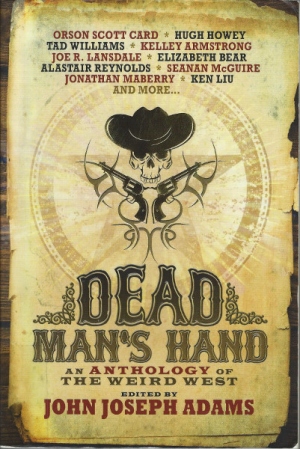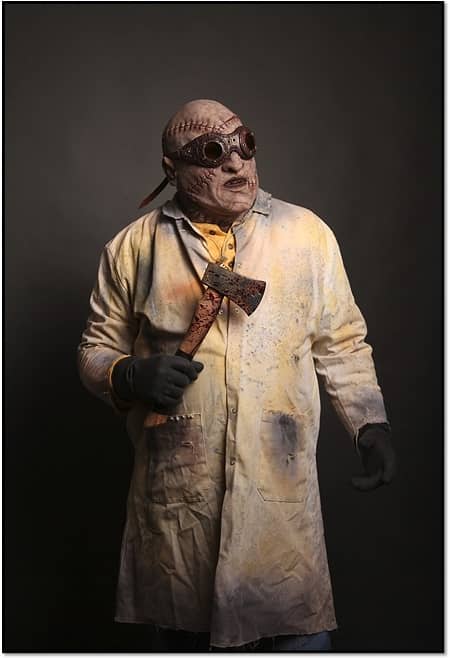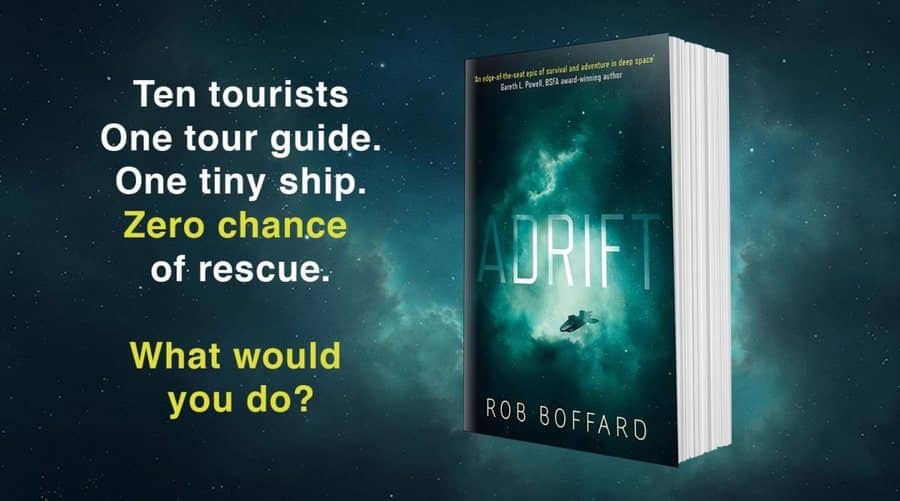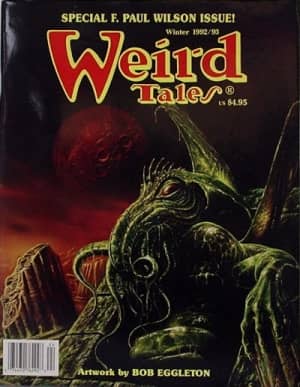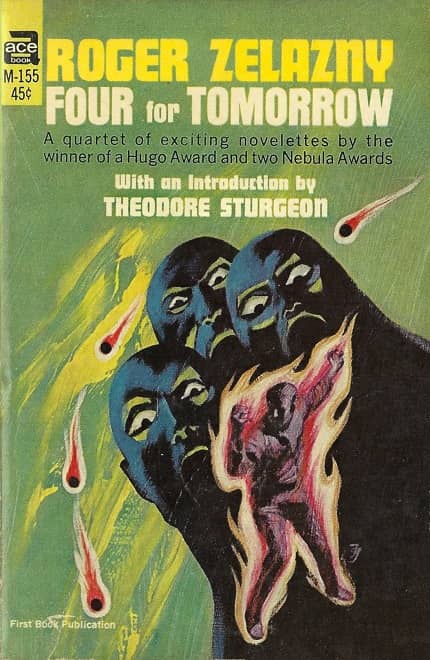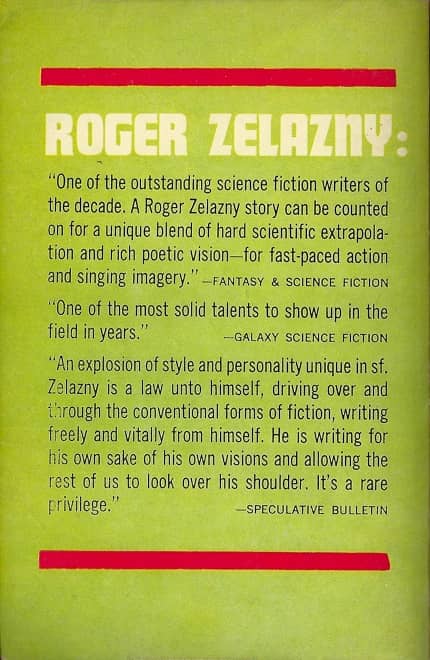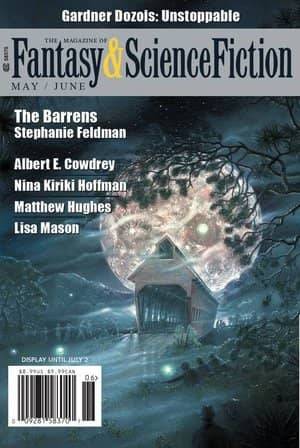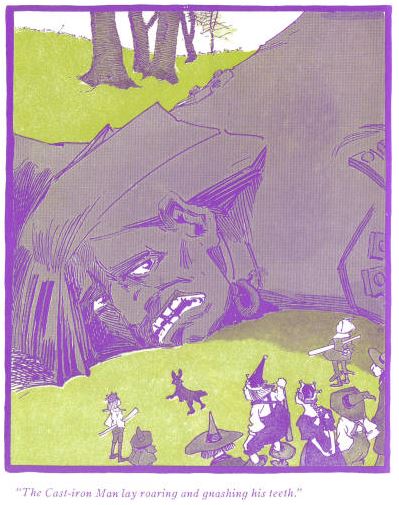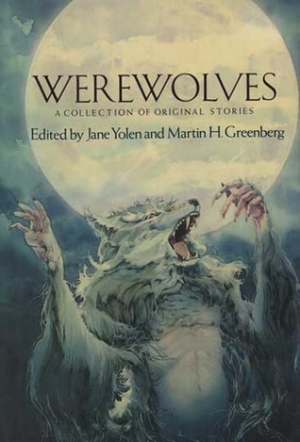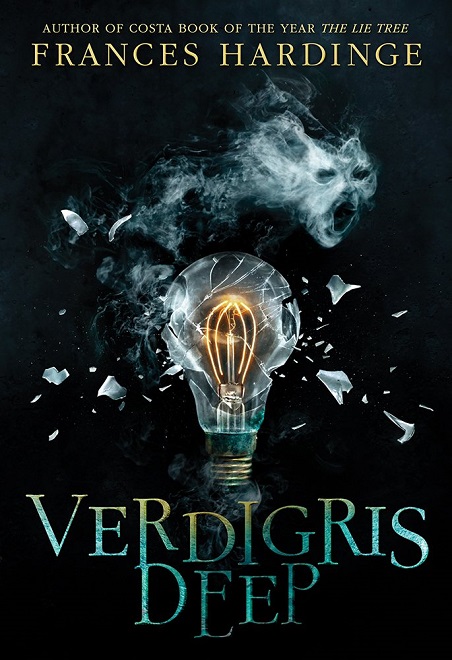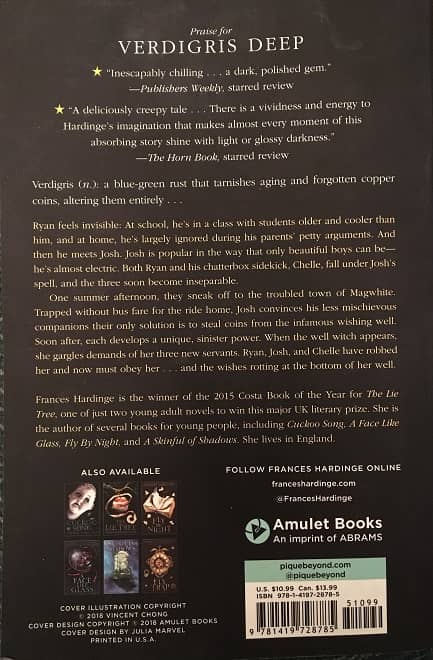In 500 Words or Less: Waypoint Kangaroo by Curtis C. Chen
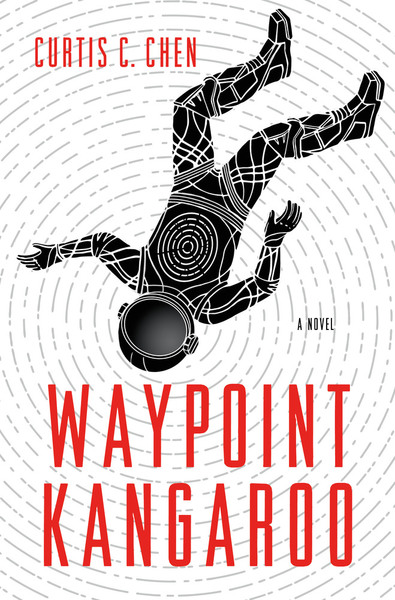 |
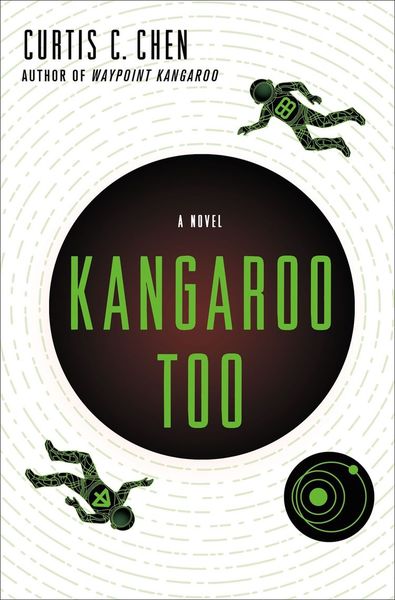 |
Waypoint Kangaroo
By Curtis C. Chen
St. Martin’s Press (320 pages, $25.99 hardcover, $13.99 eBook, June 2016)
I met Curtis C. Chen at my first time out to the Nebulas (about this time last year), and I remember chatting with him in the con suite about Waypoint Kangaroo and its sequel, Kangaroo Too. The premise alone was enough for me to add it to my reading list right away: a covert agent in the near-future forced to go on vacation to Mars, but who can’t seem to avoid trouble. Oh, and he can open a window to a pocket dimension at will, which is why he’s so valuable – because otherwise, he’s a bit of a screw-up. But you know how reading lists get; they’re huge, and I never quite got to reading Waypoint, and felt like a jerk when I hung out with Curtis again at Can*Con and still hadn’t picked it up.
Now that I finally have, I feel even more like a jerk. Why?
Because the next time I write a science fiction adventure novel, I want to do it like Curtis C. Chen.
